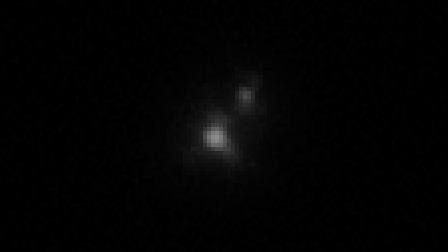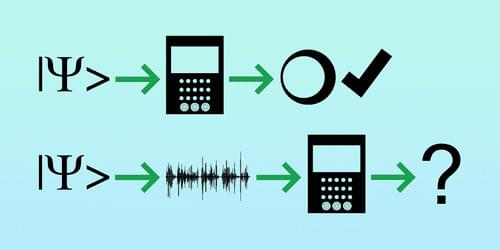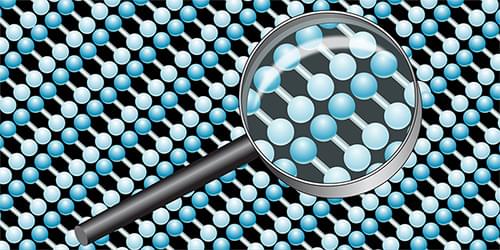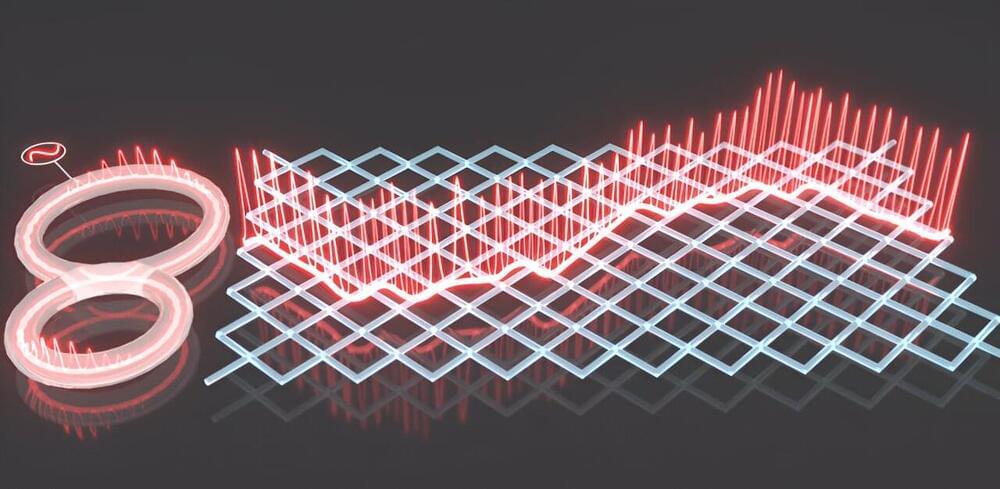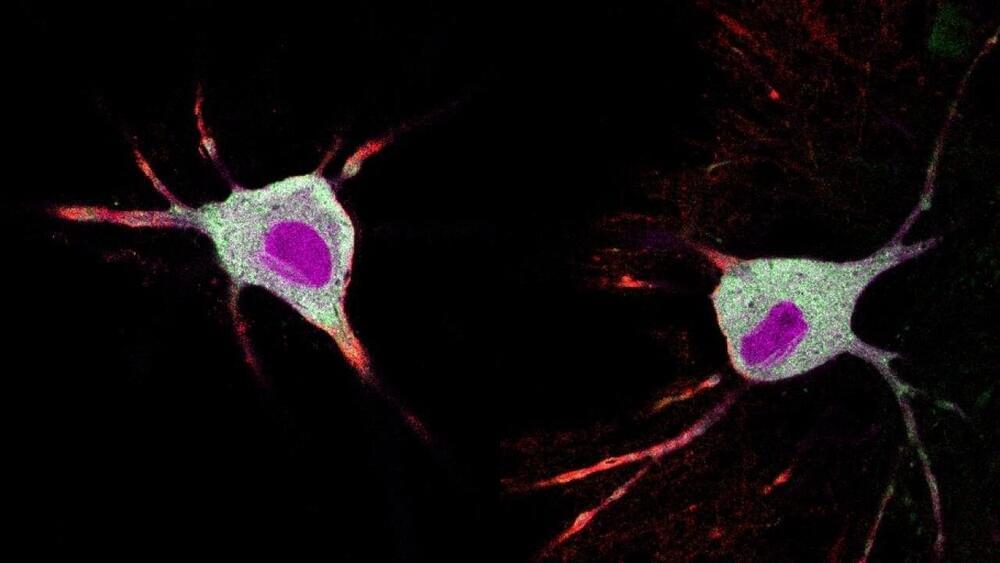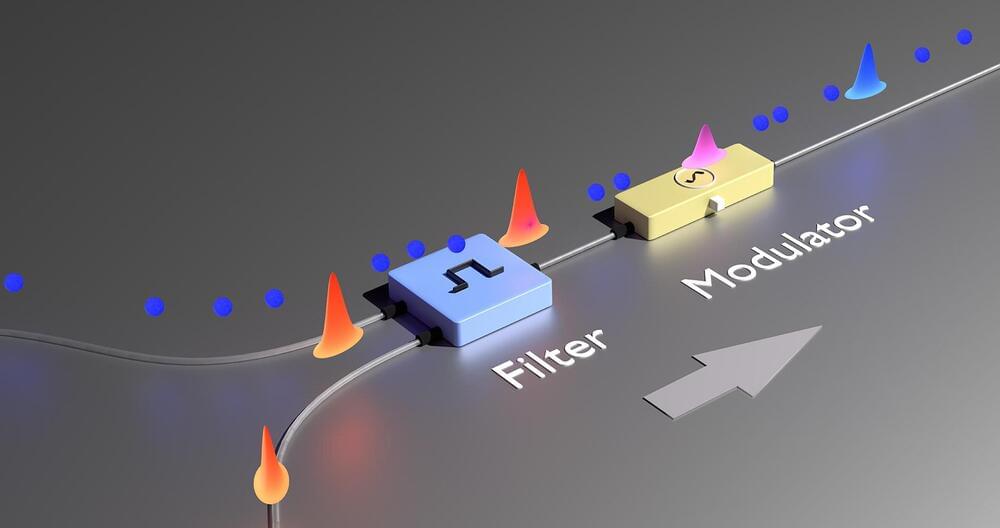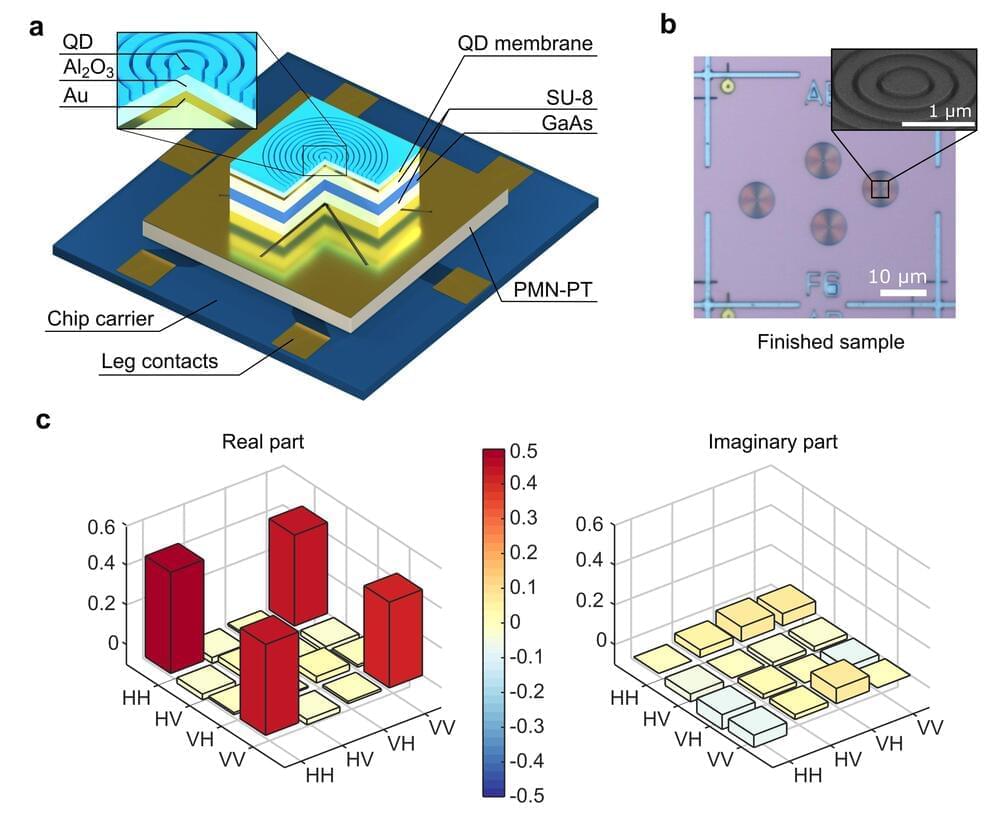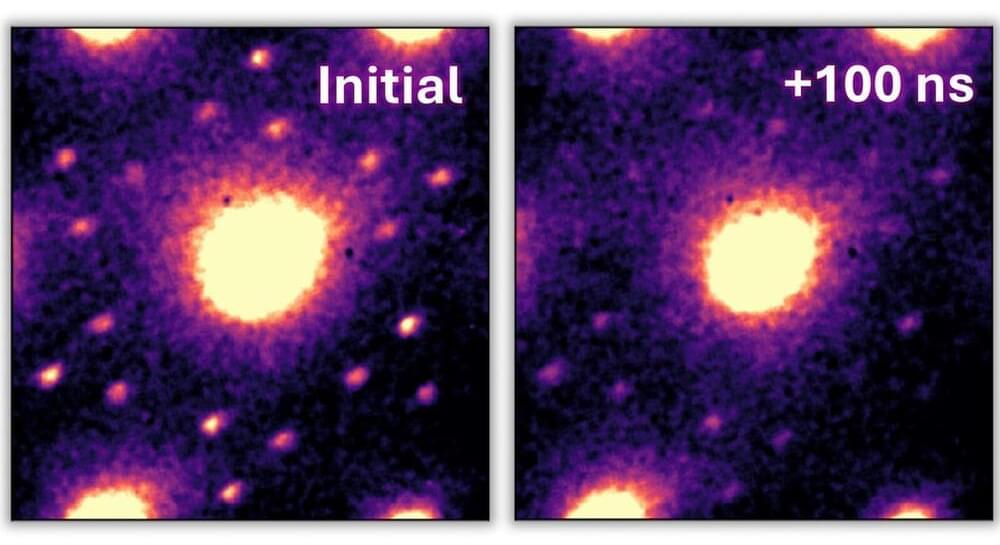Schöfbänker made use of a telescope having a 14-inch mirror and assorted gear capable of following satellites that keeps them automatically in the center of a field of view, finessing the equipment with a bit of input and corrections, he told Space.com.
“I make these images by taking a video during the flyover and then stacking (averaging out) and sharpening the best frames,” Schöfbänker said.
The two solar panels that can be seen at the end aren’t visible on any of the computer renderings available online, Schöfbänker advised. “I am not really sure if they are solar panels or some other features like an antenna or something of that nature.”
